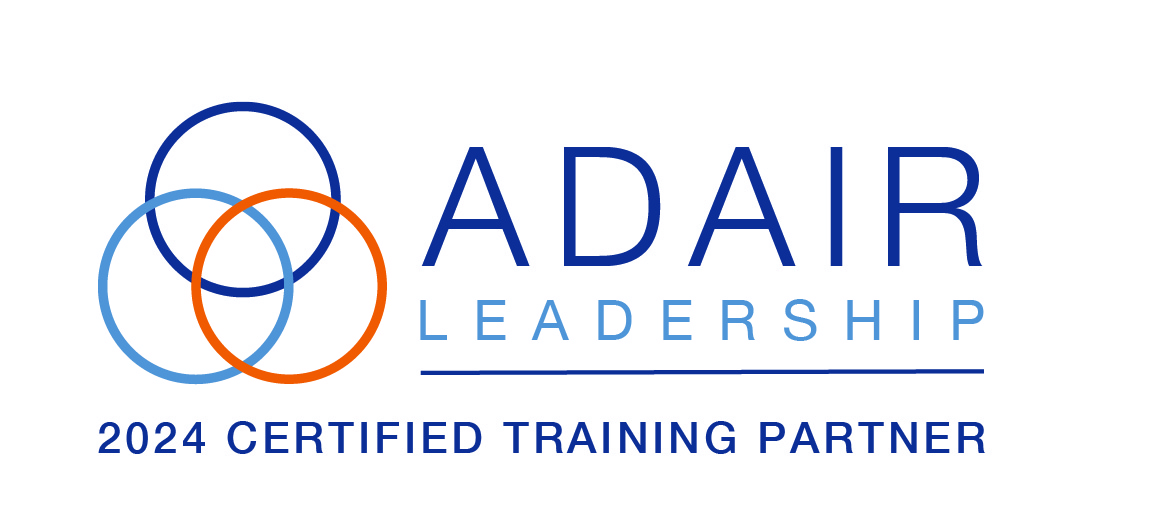Coronavirus Job Retention Scheme
The Government has issued the long awaited more detailed guide to the Coronavirus Job Retention Scheme.
The full details can be found here.
Our summary of this scheme is not a replacement for reading the full guide and is not a substitute for tailored advice.
Coverage of the Scheme
Addressing first the most popular question that we have had about the scheme to date, how do you pronounce the word furlough? Our take on this is ‘fur low’.
As we were previously aware from the Chancellor’s announcement on 20 March 2020, it is a temporary scheme running from 1 March 2020 and will run for a minimum 3 months. It may be extended. This means that any employee who started after 28 February 2020 will be excluded from the Scheme.
It is open to all UK employers that had created and commenced a PAYE payroll scheme on or prior to 28 February 2020.
There is advice limiting qualification of public sector organisations and organisations funded by the public sector. If you fall into this category, make sure to read the full guidance.
The scheme is described as being ‘designed to support employers whose operations have been severely affected by Coronavirus (COVID-19).’
It is likely that many employers will be able to demonstrate that their operations have been ‘severely affected’. We do not know how closely the scheme will look at the extent of such disruption as a precursor to qualification.
There is no reference to the employer’s affordability to pay wages being linked to qualification of the scheme.
An online portal is being built and the system should be up and running by the end of April 2020.
Employers will be able to use the on-line system to claim for 80% of furloughed employees’ (employees on a leave of absence) usual monthly wage costs, up to £2,500 a month (fees, commission and bonuses cannot be claimed).
In addition to salary costs employers can claim the associated Employer National Insurance contributions and minimum automatic enrolment employer pension contributions on that wage.
All payments under the scheme are subject to the usual income tax and other deductions.
Employers can use this scheme anytime during this period.
It appears that an employee can be placed into the scheme, taken out and placed back in again as long as the employee is in the scheme for a minimum three weeks at a time.
Types of Qualifying Employees
All employees can qualify for payment, namely full-time employees, part-time employees, employees on agency contracts and employees on flexible or zero-hour contracts. This scheme is only for employees on agency contracts who are not working.
The advice expressly refers to qualifying employees but there is no mention of ‘workers’. The advice therefore does not make reference to such individuals as casual workers. That said, it does not expressly exclude workers from the scheme either.
As was indicated in the Chancellor’s announcement speech, the scheme covers employees who were made redundant since 28 February 2020, if they are rehired by their employer. We do not know how long this retrospective option will be available to the employer.
An employee cannot undertake work for or on behalf of the employer, whilst furloughed. This includes ‘volunteering’ for the employer where services are provided to the employer or on behalf of the employer. However, the employee is able to undertake volunteering for other organisations.
The advice is silent on the question of whether an employee can take up new alternative employment elsewhere for another employer, whilst furloughed. However working in another existing employment is acceptable.
The scheme does not cover employees who are on short-time working, only those who are not working at all. However, not all employees in a business need to be furloughed, in order to qualify.
The scheme does not override any existing employment legislation or offer employers new rights. Therefore employers need to agree in writing with the employee the variation of contract, to enable the employee to be furloughed.
Indeed, to be eligible for the subsidy employers should write to their employee confirming that they have been furloughed and keep a record of this communication.
The Claiming Procedure
Employers need to make a claim for wage costs through the online system once it is up and running.
At a minimum, employers must pay their employee the lower of 80% of their regular wage or £2,500 per month.
It is the employer’s discretion whether they choose to top up an employee’s salary in excess of the 80% or £2,500 cap. However, this reduction in entitlement to 80% needs to be agreed with the employee.
For full time and part time salaried employees, the employee’s actual salary before tax, as of 28 February should be used to calculate the 80%. As indicated previously, fees, commission and bonuses should not be included.
There is a different approach where an employee’s pay varies, for example a zero hours employee. In this instance where an employee has been employed for 12 months prior to a claim it is calculated as the higher figure of the average monthly earnings for the 2019-2020 tax year or the same month’s earnings for the previous year.
If the employee has been employed for less than a year, an employer can claim for an average of their monthly earnings since they started work.
NMW and NLW does not apply with regards to this calculation as the employees will not be currently working.
Further details are given in the Government guidance with regards to calculation for pension and employer’s NI.
The Government reserves the right to retrospectively audit all claims.
Only one claim can be submitted at least every 3 weeks, which is the minimum length an employee can be furloughed for. Claims can be backdated until the 1 March 2020 if applicable. This means that employers cannot claim weekly for weekly paid employees.
There is nothing express in the guidance to prevent employees dipping into and out of the scheme as long as they are in the scheme for a minimum 3 weeks at a time. If this is correct, employers will be able to rota employees on furlough leave in appropriate circumstances which may make furlough selection easier.
What to do After You’ve Claimed
The payment will be paid to employers direct to a UK bank account.
The advice states that ‘you should make your claim in accordance with actual payroll amounts at the point at which you run your payroll or in advance of an imminent payroll.’ It does not expressly link qualification to making payment to employees, merely running the payroll. This also does not seem to square with weekly payroll runs, if claims can only be made every three weeks.
It may be that those employers who do not have the funds to make payment to employees can agree with employees to defer payment until receipt of the scheme funds. By doing so, the employer is then committed to make payment, even if the scheme for whatever reason refuses the claim.
You must pay the employee all the grant you receive for their gross pay, no fees can be charged from the money that is granted. You can choose to top up the employee’s salary, but you do not have to.
How to Treat Employees in Particular Circumstances
Employees on sick pay or self-isolating in line with medical guidance should remain on sickness leave and SSP or contractual sick pay and cannot be furloughed until after their sickness absence or self-isolation has finished.
However, employees who are shielding in line with public health guidance, such as those who are classed as vulnerable, can be placed on furlough.
Employees with more than one job can be furloughed from the one or more jobs. Each employer is treated separately.
If workers are required to complete online training courses whilst they are furloughed, then they must be paid at least the NLW/NMW for the time spent training. It is not immediately clear whether in calculating this the 80% payment is taken into consideration or whether this is on top of that payment.
Employees on maternity leave, contractual adoption pay, paternity pay or shared parental pay are treated and paid by the employer as usual. However if an employer offers enhanced (earnings related) contractual pay for maternity, adoption, paternity or shared parental pay this is included as wage costs that can be claimed through the scheme.
Employees That Have Been Furloughed
Employees that have been furloughed have the same rights as they did previously. That includes Statutory Sick Pay entitlement, maternity rights, other parental rights, rights against unfair dismissal and to redundancy payments and rights to collective consultation.
It appears that employees will have the right to make redundancies during or after the scheme has concluded. Whether employers can use the scheme to pay the notice payment should redundancies occur within the scheme duration remains to be seen.
On a practical point, employers may find it more difficult to satisfy an employment tribunal that they have taken all reasonable steps to avoid a redundancy if they have not attempted to furlough the employee, utilising the scheme, prior to implementing the redundancy.
If you would like to discuss further or would like a copy of the furlough letter templates, please contact us by emailing enquiries@perspectivehr.co.uk or by phoning 01392 247436.
Last updated 27th March 2020



